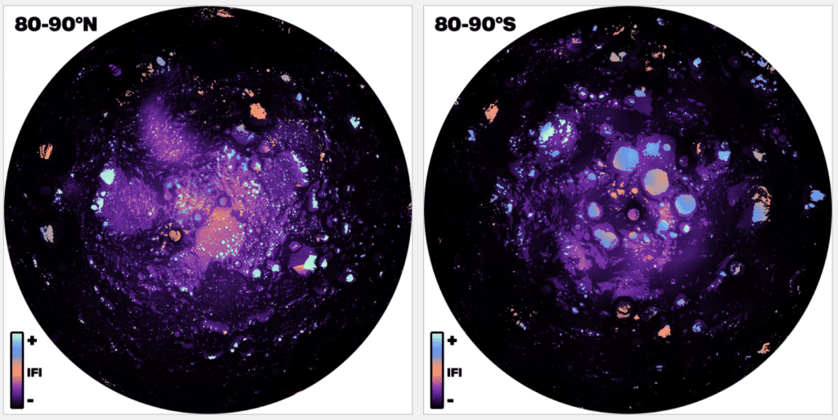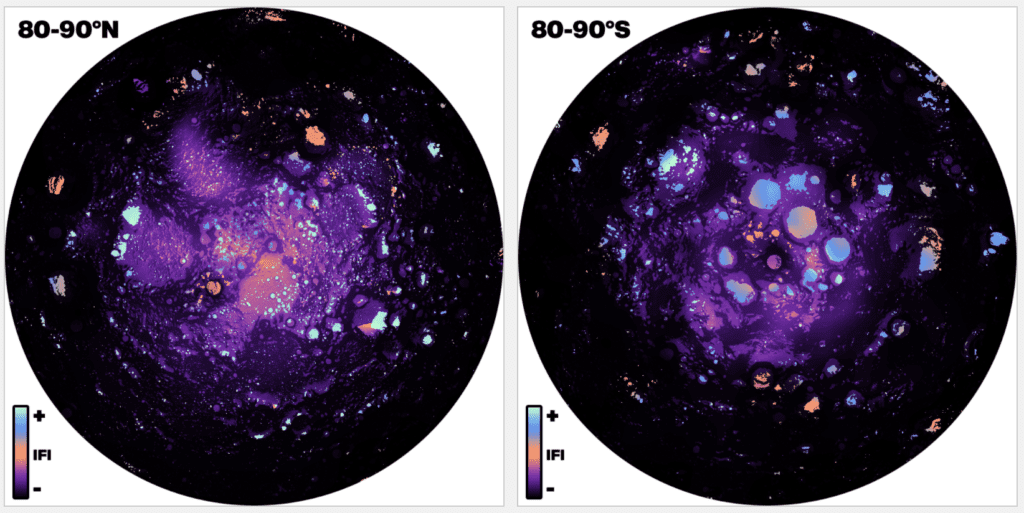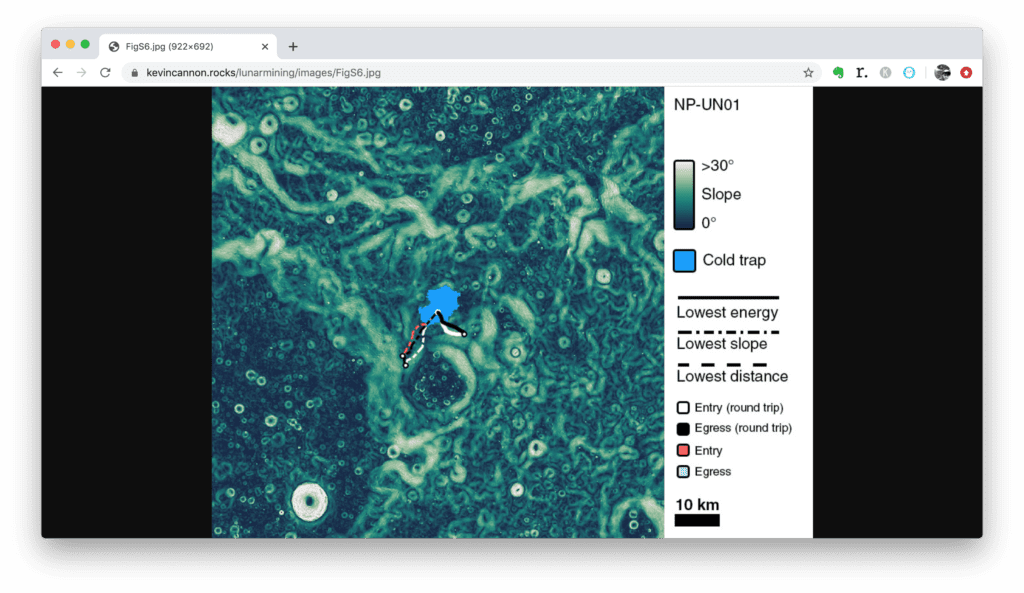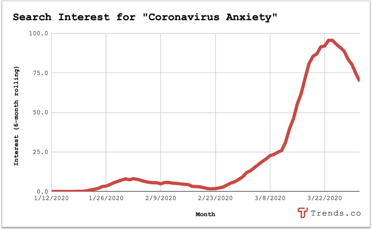nlopchantamang.com
Moonshots in Celestial Mining
Ethan Brooks

Source: Space Capital Space Investment Quarterly
The Signal: While investment in private space companies is higher than ever, space travel still faces a major problem: fuel. Today, rockets must carry all their fuel onboard limiting the types of missions they can fly, and driving costs up. Imagine running an international trucking business with just 1 gas station in the entire world.
One key to fixing this: water, which can be broken into its component parts and burned as rocket fuel.
The moon and nearby asteroids have large deposits of ice. The ability to find and harvest these (known as celestial mining) could slash the cost of space travel, putting billions or even trillions in the pockets of celestial miners.
The Opportunity: You don’t have to leave Earth to build a viable business in this area. As the MIT Technology Review once reported, it wasn’t gold that made people rich during the California gold rush, so much as the industries that rose up to support the miners.
The same will be true of celestial mining -- there’s plenty of money to be made supporting the vision of interstellar entrepreneurs.
GVIC Communications Group, a Canadian media company with $134m in sales, offers an instructive example. One subsidiary (Glacier RIG Ltd.) focuses exclusively on Earth’s mining and natural resource industries with 3 product lines that could be adapted for celestial mining.
Early Stage Idea -- News & Information: Glacier RIG runs 5 industry publications (primarily ad-supported, although The Northern Miner costs $124/yr). One of the simplest business models in this space would be a premium newsletter aggregating the best ideas and developments on celestial mining.
Info from the annual In-Space Mining conference highlights leading thinkers in the space, as well as questions aspiring miners would read about.
It wouldn’t need a big audience. A recent My First Million episode explores a niche Ferrari newsletter making $2m per year with just 5k subscribers and a 2-person staff. Celestial mining is the realm of aspiring trillionaires, garnering attention from organizations like Goldman Sachs that likely wouldn’t balk at a high-ticket, high-quality info source.
Growth Stage Idea -- Mining Intelligence: Glacier RIG offers 4 mining intelligence platforms priced from $77 to $2.5k per month. These tools aggregate data from mining operations to help investors, government officials, and entrepreneurs make business decisions. As the industry grows, those with stakes in celestial mining will need these kinds of tools too.

Planetary scientist Kevin Cannon recently published maps that are a great example of the kind of insights current and future celestial mining companies will need. They use statistical modeling from publicly available data sets to show where ice is most likely to occur on the moon, as well as the most energy-efficient routes for retrieving those resources over rough terrain.

Mature Stage Idea -- Connection: As the industry grows, there will be a need to educate and staff the workforce. Glacier RIG runs Edumine -- which offers 180+ accredited continuing education mining courses ranging from $309 to $429 each -- and Careermine, a job board unique to the mining industry.
While educating people on the celestial mining industry may seem far out, the Colorado School of Mines already offers the world's first graduate program in space resources. Meanwhile, VC firm Space Capital runs a job board called Space Talent. Keep an eye out for our upcoming report on the economics of job boards.
Big Picture: While national space agencies like NASA often get most of the credit, there are 2.4k+ private companies and startups building the future of the space industry. There’s still room for many more. As we explore this new territory, don’t forget to look back at old business models which work just as well on Earth as in the stars.

Leave a Comment